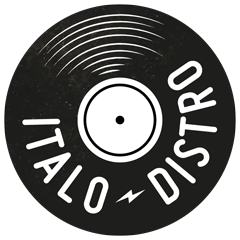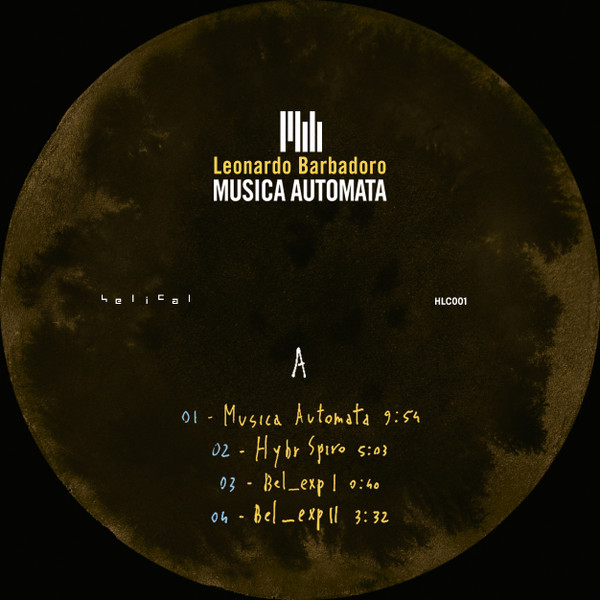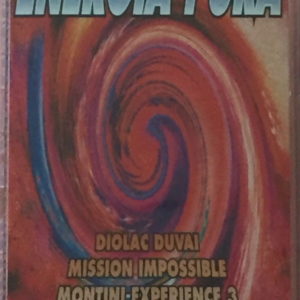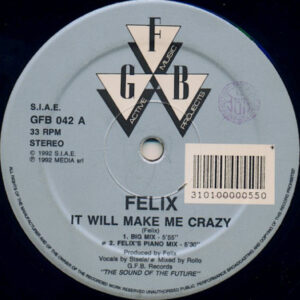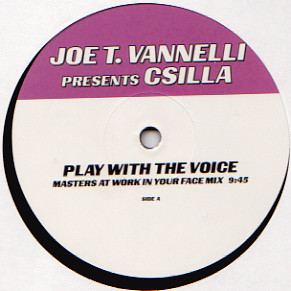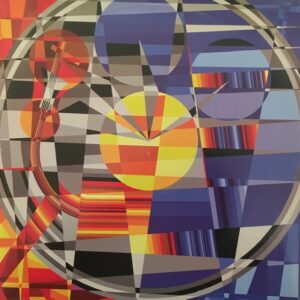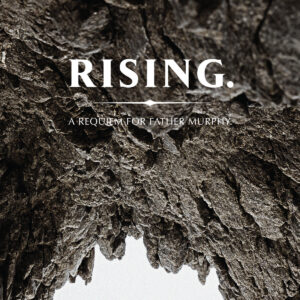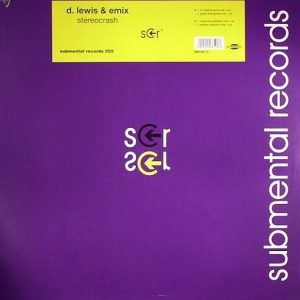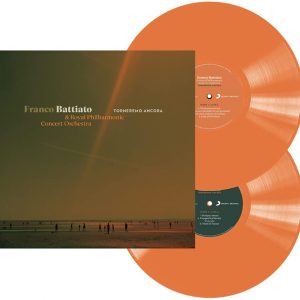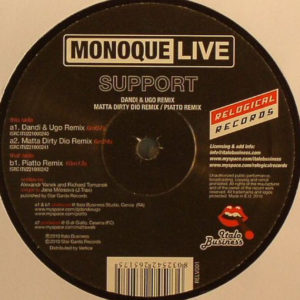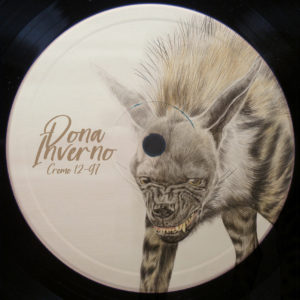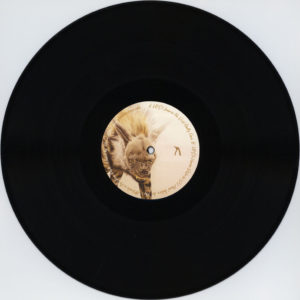Musica Automata is an album that brings together two dimensions often perceived as incompatible: the boundless expressive possibilities of electronics implemented by an acoustic instrumental body in a sensory reality, beating, vibrating, and blowing. An orchestra of automated instruments – robots – controlled by digital impulses. This ensemble of musical robots (part of the Logos foundation in Ghent) includes numerous classical instruments as well as many unconventional instruments, making it the largest orchestra of robots in existence. The expressive possibilities of these instruments, thanks to their many controllable parameters, are innumerable: in fact, these are not limited to note control, but also dynamics, sound envelope, microtonal control and much more. If it is true that an electronic instrument can foster compositional invention, exploring where the musician, due to anatomical limits, cannot go, it is equally true that the sound produced by a vibration in real space has physical characteristics that make the sonic uniqueness of every single event fascinating. The second aspect is the precise control of every detail of the performance. Traditionally, the composer entrusts the score to the musicians, who perform it by translating the signs into actions. In this scenario, an ineliminable gap emerges between the author’s concept and the sound event. This, in the case of Musica Automata, does not happen: Leonardo was able to calibrate and draw every tonal detail for every single note played. What you hear, therefore, is the exact and arbitrary snapshot of the musical fact imagined by the author who, in doing so, also becomes the performer of his own work. To be faithful to the performance of the pieces, Leonardo has chosen a radical approach: no artificial processing has been added in post-production, even the reverberations of the instruments are those recorded in the real environment and with them, the sounds of the moving robots that become part of the music itself. Musica Automata avoids the confines of genres. On the one hand, it approaches avant-garde contemporary classical, both in terms of timbres and a certain narrative component with distinct musical progressions; on the other hand, it distances itself from classical contemporary music, favoring the harmonic and rhythmic aspects over the strictly conceptual and experimental. The executive possibilities of the robot are not set as the ultimate goal in Musica Automata, they are rather its means. In fact, the composition does not aim to showcase the most extraordinary technical possibilities of the instruments; instead, every part has a functional role in the construction of the production, dialoguing with all the other aspects that make up the whole entity. Just as the generative phenomenon of Musica Automata takes place in the convergence of two contrary conditions (electronic and acoustic), the very aesthetics of the compositions oscillates between opposite poles of musical language. The agogic and dynamic variations weave between crescendos and rapid contractions but also open onto contemplative scenarios, where the urgency of the orchestral mass full of motifs, timbres, and directions will give way to the essentiality of a single element ¬– a clear, diaphanous calm emerging from orchestral mass full of motifs. Tonal experimentation has a prominent role and determines the identity of the entire work. The harmonies slip from the modal stability on which almost all of Western music is based, evolving on microtonal intervals that explore conditions of subtle precariousness. In other instances, apparatuses appear that advance by relying on the intersection of different tonalities in seemingly disjointed yet profoundly connected movements. Another legacy of Leonardo’s experience in the electronic field that is evident throughout the scores of Musica Automata is the rhythm. The percussion element – sometimes organic, sometimes peremptory, and mechanical – is a meticulously honed mechanism, which, before guiding the direction of a piece, embraces and counterpoints the harmonic section, infusing it with an unpredictable flow, in constant revolution, though rigorous and necessary in every beat. The percussive mosaic on many occasions follows polyrhythmic tracks, expanding the relationship with the harmonic levels in a space where the variation in forms and directions is the governing principle.
Brand new, never played, unsealed (cover with a stuffed/bent corner and the original protective sleeve with hype sticker as a damaged corner)
